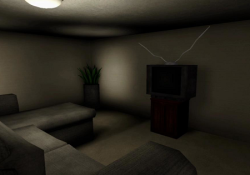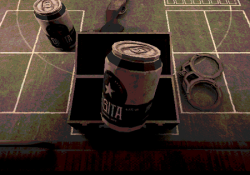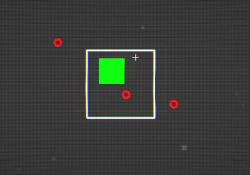Getting Over It 2025 is a physics-based climbing game that challenges players to scale a surreal mountain using only a hammer and precise mouse movements. It builds on the concept introduced in the original version, offering a new environment, updated mechanics, and a fresh perspective on failure and persistence. The player’s task is simple: ascend. But the path is unpredictable, with obstacles designed to punish even small mistakes, often resulting in massive progress loss.
Movement and Core Mechanics
The gameplay revolves around mouse control, where players swing, launch, or drag their character using the hammer. There are no power-ups or checkpoints; every section must be mastered through practice. The hammer serves as the only tool for climbing, and its use requires control over momentum, timing, and positioning. The terrain is intentionally uneven and erratic, featuring floating objects, steep cliffs, and narrow ledges that challenge the player’s balance and focus.
Environmental Style and Design
The world of Getting Over It 2025 is abstract and fragmented. Each part of the landscape introduces new physics challenges and forces players to rethink how to use the same tool in different ways. Objects like oversized furniture, rusted machinery, and oddly placed natural features serve as both platforms and obstacles. These items are arranged in ways that tempt risky movement, and a small error can result in falling all the way back to the beginning.
Key elements in Getting Over It 2025:
- One-tool gameplay focused entirely on hammer control
- Precision-based climbing mechanics with no shortcuts
- A continuous vertical challenge with no save points
- Dynamic obstacles that test momentum and patience
- A minimalist visual design paired with ambient sound
Philosophy and Player Experience
As with its predecessor, the game encourages reflection on frustration and perseverance. Progress is often undone in an instant, and moments of achievement can be fleeting. But through repetition, players gradually improve their skills, learning to react calmly and build mastery over motion. The emotional arc—from anger to acceptance to triumph—is an integral part of the experience, reinforced by the game’s deliberate difficulty curve.
Replayability and Interpretation
Getting Over It 2025 is designed to be replayed. While the map remains the same, each run presents new personal challenges as players try to improve their speed, control, or emotional response to failure. Some may treat it as a test of patience, while others see it as a metaphor for personal growth. In either case, the game remains as much about persistence as it is about climbing.




























